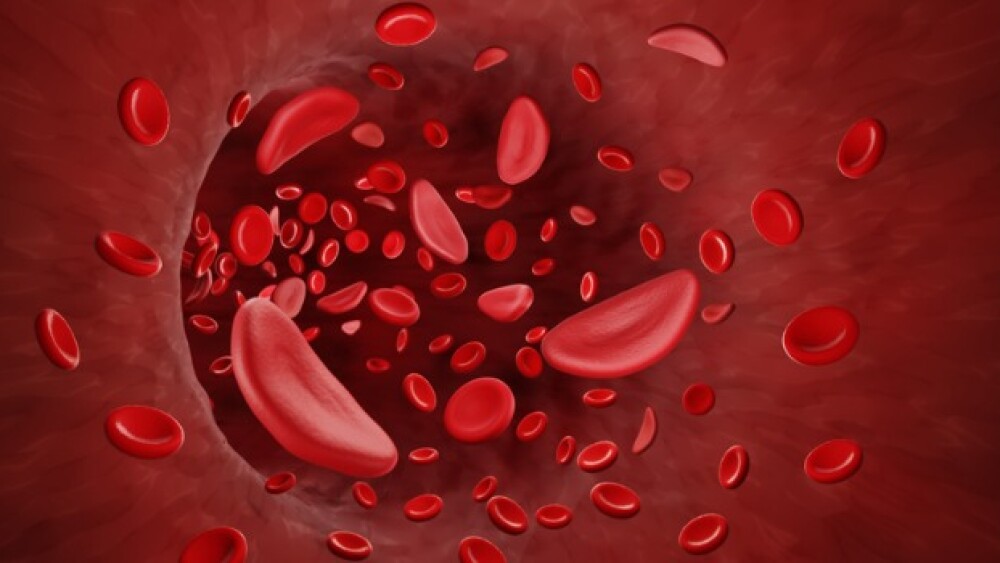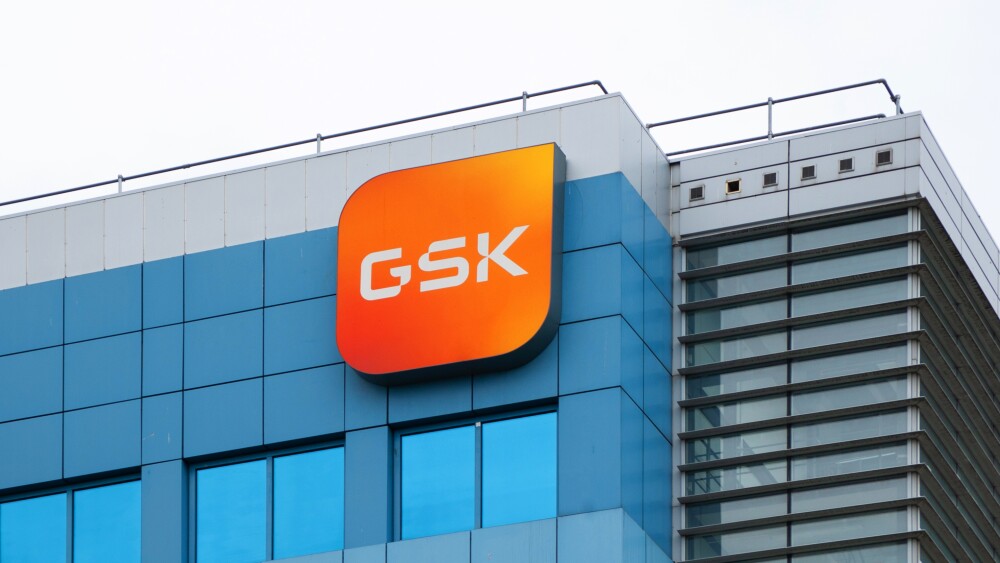While gene therapies for treating sickle cell disease are promising, they will only be cost effective in the U.S. if priced below $2 million, according to a new modeling analysis.
Pictured: 3D illustration of sickle cells in the blood stream/iStock, Artur Plawgo
Gene therapies for sickle cell disease are likely to be cost-effective in the U.S. when priced below $2 million, according to a new study published Tuesday in the journal Annals of Internal Medicine.
For their cost-effectiveness analysis, researchers leveraged claims data from the Centers of Medicare and Medicaid Services from 2008 to 2016 and combined those with estimates from the existing scientific literature. The study focused on patients who were eligible to receive sickle cell disease (SCD) gene therapies, comparing their cost effectiveness versus standard care.
The investigators then applied two independent simulation models—the University of Washington Model for Economic Analysis of Sickle Cell Cure (UW-MEASURE) and the Fred Hutchinson Institute Sickle Cell Disease Outcomes Research and Economics Model (FH-HISCORE)—to evaluate the incremental cost-effectiveness ratio (ICER) of gene therapies from the perspective of U.S. healthcare system and societal benefits.
The researchers assumed a list price of $2 million for the gene therapies, which according to UW-MEAUSURE and FH-HISCORE models would have an ICER of $193,000 and $427,000 per quality-adjusted life year (QALY), respectively, from the perspective of the healthcare system.
From a societal perspective, the UW-MEASURE found an ICER of $126,000 per QALY, while the FH-HISCORE returned an estimate of $281,000 per QALY.
According to the study, these estimates suggest that—at least from a societal perspective—the value-based price for SCD gene therapies ranging from $1 million to $2.5 million would be “acceptable.” The authors note that these estimates could still be affected by the costs of pre-treatment myeloablative conditioning, caregiver quality of life and the effect of the gene therapy on long-term survival.
Lead investigator Anirban Basu, in an interview with The American Journal of Managed Care, said that “gene therapies show great promise in bringing a widely applicable curative approach to SCDs,” which typically cuts patients’ life expectancies short and compromises their quality of life.
“Our analyses provide detailed early evidence of such therapies’ potential value and value-based prices, and showcases a comprehensive approach to valuing innovative therapies,” Basu said.
Tuesday’s cost-effectiveness estimates are broadly in line with the Institute for Clinical and Economic Review’s recommendations, published in August 2023. The institute’s modelling analysis—drawing data from Medicaid enrollees—pegged the ideal price range for SCD gene therapies to be between $1.35 million to $2.05 million.
The SCD gene therapy space saw back-to-back approvals in December 2023, with both Vertex Pharmaceuticals and CRISPR Therapeutics’ Casgevy (exagamglogene autotemcel) and bluebird bio’s Lyfgenia (lovotibeglogene autotemcel) clearing the FDA’s regulatory gauntlet.
Vertex-CRISPR’s Casgevy has a list price of $2.2 million, falling $200,000 higher than the cost-effectiveness threshold in Tuesday’s study results. However, bluebird’s Lyfgenia is considerably more expensive with a wholesale acquisition cost of $3.1 million.
Tristan Manalac is an independent science writer based in Metro Manila, Philippines. He can be reached at tristan@tristanmanalac.com or tristan.manalac@biospace.com.






